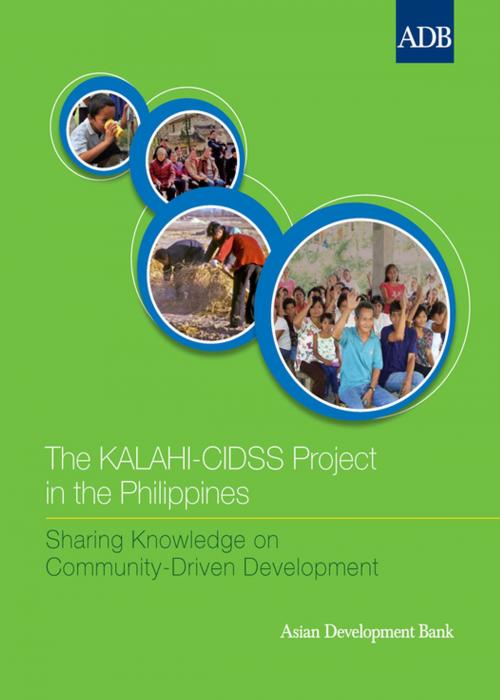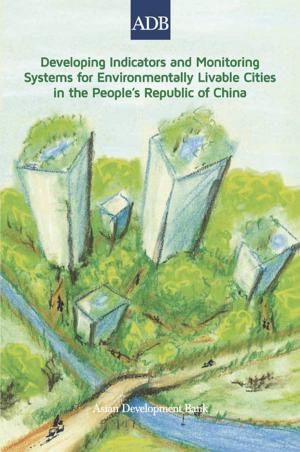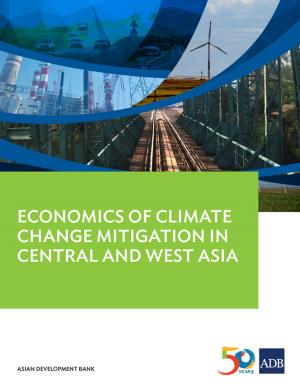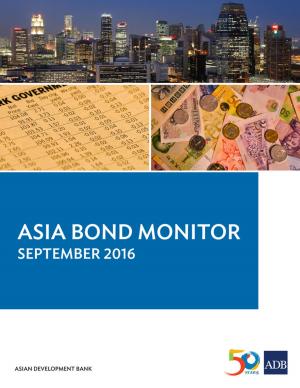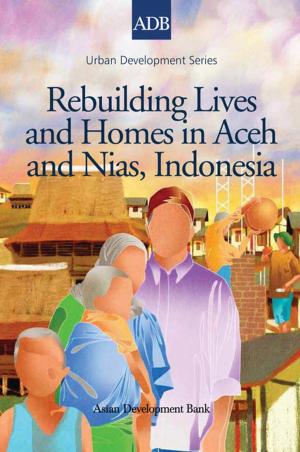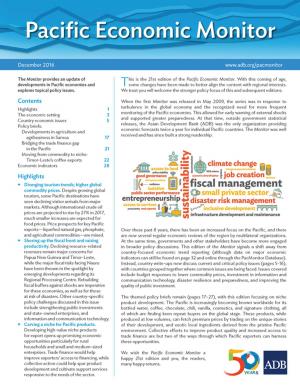The KALAHI-CIDSS Project in the Philippines
Nonfiction, Reference & Language, Law, Urban State & Local Government| Author: | Asian Development Bank | ISBN: | 9789290927051 |
| Publisher: | Asian Development Bank | Publication: | June 1, 2012 |
| Imprint: | Asian Development Bank | Language: | English |
| Author: | Asian Development Bank |
| ISBN: | 9789290927051 |
| Publisher: | Asian Development Bank |
| Publication: | June 1, 2012 |
| Imprint: | Asian Development Bank |
| Language: | English |
This report assesses the KALAHI-CIDSS community-driven development project in the Philippines to determine its contribution toward improved service delivery and governance in the beneficiary communities. KALAHI-CIDSS was found to be especially effective in facilitating broad-based participation of community residents, addressing local priorities and delivering basic services to the intended beneficiaries, providing community residents with valuable experience, and creating space for local government officials to collaborate with community residents in subproject management. The project created positive effects on the income and non-income dimensions of poverty. It is valued highly by recipient communities, participating local governments, and development partners.
This report assesses the KALAHI-CIDSS community-driven development project in the Philippines to determine its contribution toward improved service delivery and governance in the beneficiary communities. KALAHI-CIDSS was found to be especially effective in facilitating broad-based participation of community residents, addressing local priorities and delivering basic services to the intended beneficiaries, providing community residents with valuable experience, and creating space for local government officials to collaborate with community residents in subproject management. The project created positive effects on the income and non-income dimensions of poverty. It is valued highly by recipient communities, participating local governments, and development partners.
